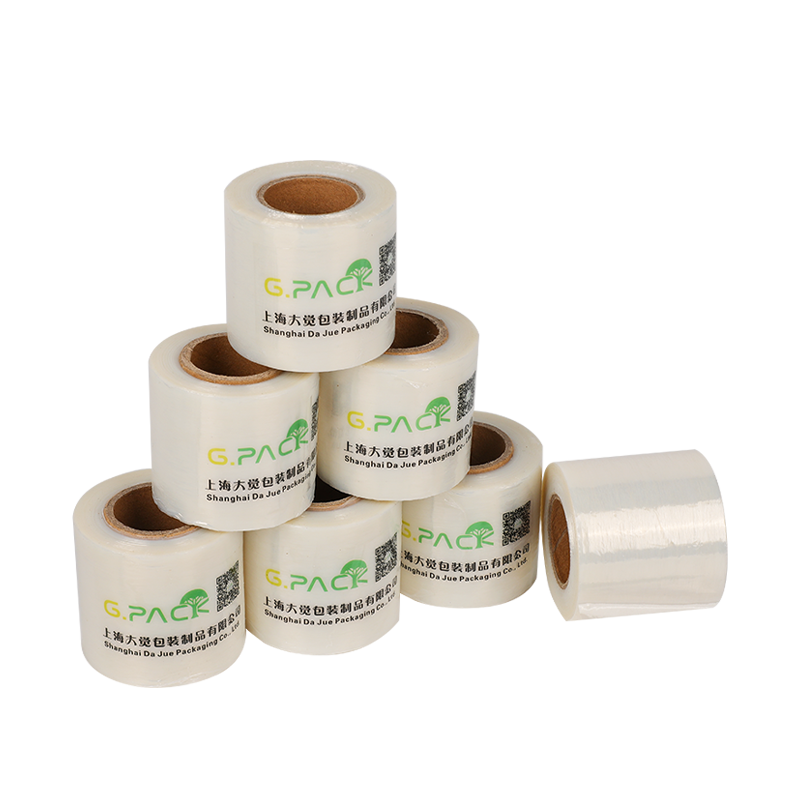How do biodegradable films compare to traditional plastics in terms of performance and environmental impact?
When comparing biodegradable films to traditional plastics in agricultural and forestry applications, it's crucial to assess both performance and environmental impact. Biodegradable films, including those used for mulch, grafting, and seedling pots, are designed to offer sustainable alternatives to conventional plastic products. These materials address key issues such as environmental pollution and resource efficiency, while also meeting the practical needs of modern agriculture and forestry.
In terms of performance, biodegradable films are engineered to provide similar, if not superior, functionality compared to traditional plastics. For example, thickened biodegradable mulch films excel in weed suppression and moisture retention, just as effectively as their plastic counterparts. These properties promote healthy crop growth and reduce the need for additional water and chemical inputs. Similarly, biodegradable grafting films support optimal plant development by providing the necessary support for successful grafting, a critical factor in achieving robust crop yields. Biodegradable seedling pots facilitate seamless transplantation and root development, helping plants establish themselves more effectively. These materials are designed to perform well in their respective roles, ensuring that they meet or exceed the needs of agricultural and forestry operations.
From an environmental perspective, biodegradable films offer significant advantages over traditional plastics. Conventional plastics, while effective in their roles, contribute to long-lasting environmental pollution due to their non-degradable nature. They persist in the environment for hundreds of years, leading to problems such as microplastic contamination and habitat degradation. In contrast, biodegradable films are designed to break down naturally over time, reducing their environmental footprint. Biodegradable mulch, grafting films, and seedling pots decompose into natural substances that are less harmful to the environment. This decomposition process minimizes waste and reduces the risk of pollution, aligning with broader goals of sustainability and environmental responsibility.

Additionally, the use of biodegradable films can lead to better resource management and efficiency. For instance, the reduced reliance on traditional plastics can lower the demand for fossil fuels, which are used in plastic production. This shift not only helps conserve resources but also supports efforts to reduce greenhouse gas emissions. By adopting biodegradable materials, agricultural and forestry practices can become more sustainable, contributing to overall environmental health.
While traditional plastics have been effective in agricultural and forestry applications, biodegradable films offer a compelling alternative by balancing performance with reduced environmental impact. The advanced properties of biodegradable films, such as effective weed control, moisture retention, and support for plant development, ensure that they meet practical needs. At the same time, their ability to decompose and reduce pollution underscores their environmental benefits. As the industry continues to embrace sustainable practices, biodegradable agricultural and forestry materials represent a significant step forward in aligning productivity with environmental stewardship.

prevNo previous article
nextIs anti-static wrapping film easy to handle and apply manually, or is it typically used with automated packaging systems?



 English
English 中文简体
中文简体 Español
Español
















